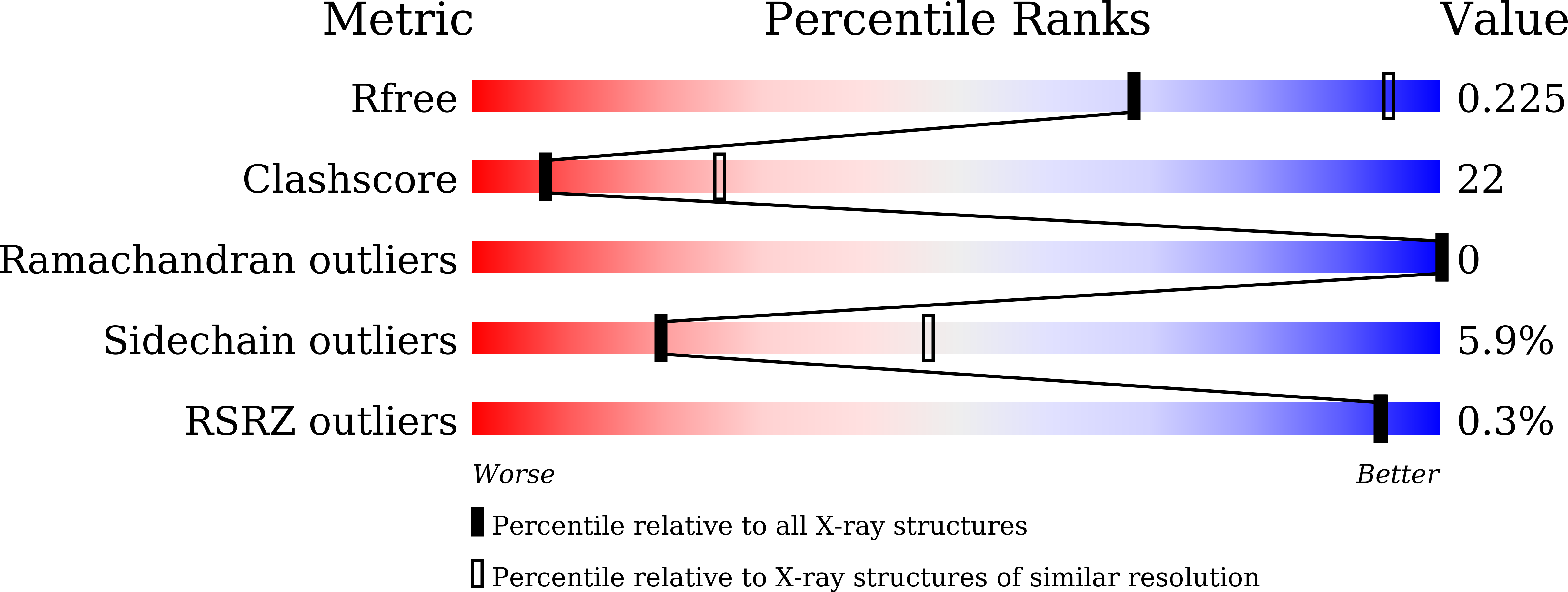
Deposition Date
2021-11-16
Release Date
2022-03-02
Last Version Date
2024-10-23
Entry Detail
PDB ID:
7VZE
Keywords:
Title:
Crystal structure of PTPN4 PDZ bound to the PBM of HPV16 E6
Biological Source:
Source Organism:
Homo sapiens (Taxon ID: 9606)
Human papillomavirus type 16 (Taxon ID: 333760)
Human papillomavirus type 16 (Taxon ID: 333760)
Host Organism:
Method Details:
Experimental Method:
Resolution:
2.88 Å
R-Value Free:
0.23
R-Value Work:
0.19
R-Value Observed:
0.20
Space Group:
P 21 21 21


